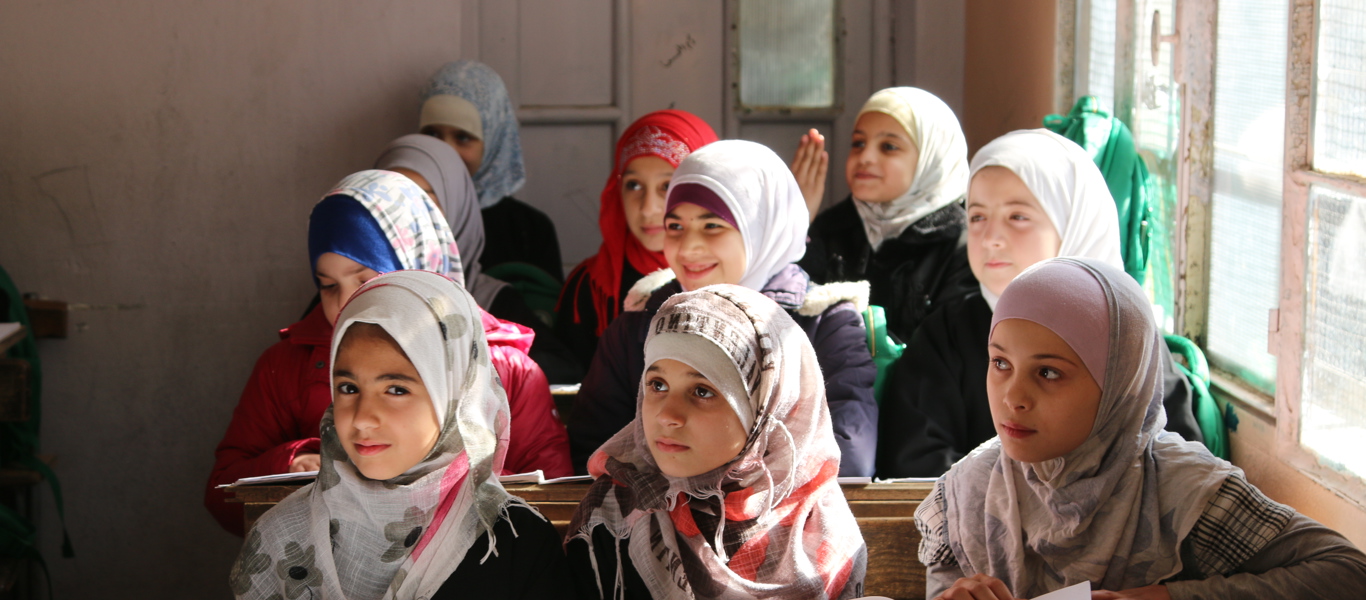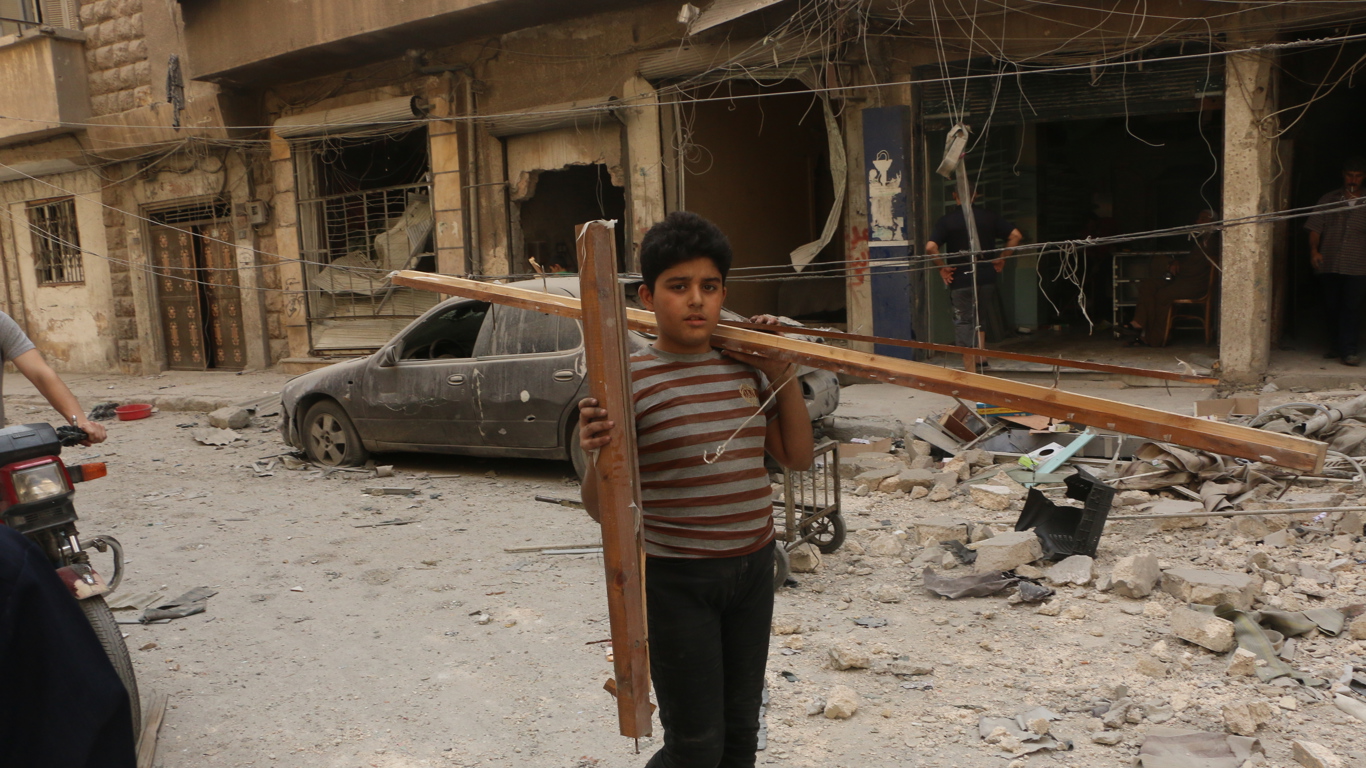
Barriers To Education In Syria
Life for Syrian children is all too often defined by suffering.
From the loss of homes and loved ones, to the psychological impact of growing up in a conflict, a range of issues combine to make pain and uncertainty inescapable.
Without education, an entire generation faces being trapped in this cycle of suffering. Currently, around 2.8 million children are out of school completely, with opportunities for development thwarted as a result.
The destruction of schools
Many Syrian children are unable to attend school for one simple reason: there is no longer a school to attend.
Due to the ongoing violence, around 40 percent of schools have been damaged, destroyed or repurposed, leaving around 2.1 million children out of education. As a result, there is a growing generation of Syrian children who have never attended school, and who will therefore become trapped in a vicious cycle of poverty and poor health.
Forced displacement
The conflict in Syria has triggered a displacement crisis on an unprecedented scale. According to UNHCR, there are 6.2 million people, including 2.5 million children, displaced within Syria, forming the largest internally displaced population in the world.
Displaced young people are forced to leave everything behind, including their educational opportunities. Prior to the outbreak of violence in Syria, an estimated 97 percent of children attended primary school and an estimated 67 percent attended secondary school. In contrast, UNHCR estimates that primary school participation in displacement camps is 69 percent and at secondary, just 30 percent.
These global figures mask differences between camps – in some, enrolment rates fall as low as zero. Although there are no accurate global figures for out-of-school displaced children, evidence suggests that displacement has a severely negative impact on access to education.
Child labour
With no school to provide a sanctuary, many children become trapped in a cycle of child labour. In Syria itself and in the surrounding countries, children are working in conditions that are severely damaging to their mental and physical health.
Child labour frequently arises from situations where families cannot afford to meet their basic needs. According to the UN, 90 percent of Syrian refugees live below the poverty line, and around 67 percent of families are in debt. Due to the desperate nature of this situation, many families feel that sending their children to work is the only option.
Child labour is known to have a notably harmful impact on educational outcomes. As well as lowering net primary enrolment rates, there is a strong negative effect of child labour on school attendance. Taking this into account, it is both a cause and effect of being out of education.
Language barriers
While Syrian refugee children can attend school in neighbouring countries such as Lebanon, ensuring that effective learning can take place uninhibited is by no means an easy process. Language barriers are a major cause of this - a 2013 assessment by UNHCR found that 80 percent of Syrian refugee children in Lebanon are not attending school, with language barriers cited as a key reason.
Although refugee children in Lebanon are entitled to an education, English and French are the official languages of instruction. This makes learning hugely difficult - Arabic is the primary language spoken by Syrian refugees and learning a second language while adapting to a new environment is incredibly complex for several reasons.
These difficulties have a major impact on attainment - a 2012 assessment by UNICEF and Save The Children showed that many children are placed in lower grades than the ones they attended in Syria purely due to the language barrier.
Syrian children are being denied the chance to progress through no fault of their own. To prevent an entire generation from losing access to education, it is essential that positive change occurs. Syria Relief is committed to delivering this change. Currently the largest non-governmental provider of education in the country, we run 306 schools across Northern Syria as well as mobile learning centres that travel to the hardest to reach areas.

